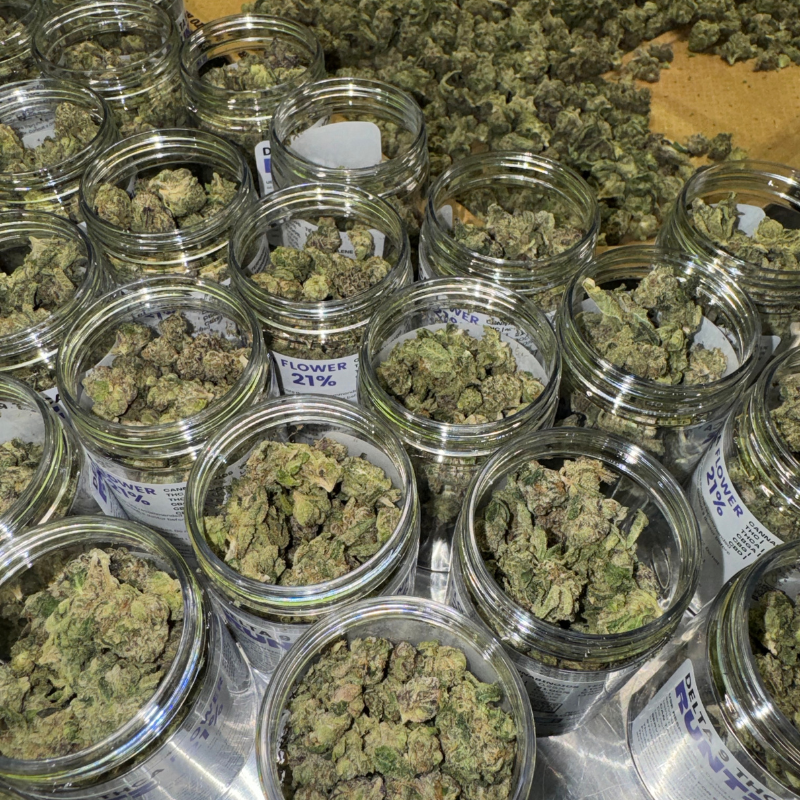The Evolution of Cannabis THCA Flower’s Rising Role
Cannabis has undergone a remarkable evolution over the past few decades, shifting from a largely misunderstood and stigmatized substance to a well-recognized plant with a plethora of therapeutic and recreational uses. Among the many facets of this transformation, the rise of THCA tetrahydrocannabinolic acid flower has emerged as a notable development, reflecting a broader understanding of the plant’s complexities and potential benefits. THCA is a non-psychoactive cannabinoid found in the raw cannabis plant. It is the precursor to THC tetrahydrocannabinol, the compound most commonly associated with the psychoactive effects of cannabis. Unlike THC, which is formed through the decarboxylation process that occurs when cannabis is heated, THCA remains in its acidic form when the plant is raw and unheated. This difference is crucial, as it opens up a range of new possibilities for the use and understanding of cannabis.

The rising role of THCA flower in the cannabis industry reflects a growing recognition of the importance of this cannabinoid. Initially, the focus on cannabis was predominantly on THC and its psychoactive properties, but as research has expanded, so too has the appreciation for the wide array of cannabinoids and their potential benefits. THCA, in particular, has garnered interest due to its potential therapeutic properties. Studies suggest that THCA may offer anti-inflammatory, neuroprotective, and anti-emetic effects, among others, without the high commonly associated with THC. This shift in focus is also evident in the cannabis market, where THCA-rich strains are increasingly being sought after. Consumers and patients are becoming more educated about the diverse benefits of different cannabinoids, leading to a demand for products that cater to specific needs. THCA flower, which is harvested from cannabis plants before they are cured or heated, is now being used in various ways, from raw cannabis consumption to the creation of tinctures, topicals, and other health-oriented products.
The cultivation of THCA-rich strains has also become a focal point for breeders and growers. Advances in cultivation techniques have allowed for the development of strains with higher concentrations of THCA, catering to the growing demand. These strains are often characterized by their unique profiles, offering distinct flavors and aromas that appeal to both recreational users and those seeking therapeutic relief. Furthermore, the legal landscape around cannabis has played a role in the rise of THCA flower. As more regions move towards legalization and decriminalization, there is a greater opportunity for research and development in the cannabis space. This has led to a more nuanced understanding of the plant’s compounds and their potential applications. The evolution of cannabis thca hemp flower represents a significant shift in the understanding and use of cannabis. As research continues and consumer preferences evolve, the role of THCA is likely to expand further, offering new opportunities for both therapeutic and recreational use.
